Earth
Sign up for our newsletter
We summarize the week's scientific breakthroughs every Thursday.
-
 Health & Medicine
Health & MedicineTriclosan aids nasal invasions by staph
The antimicrobial compound triclosan, commonly found in soaps and toothpaste, may help Staphylococcus aureus stick around.
By Beth Mole -
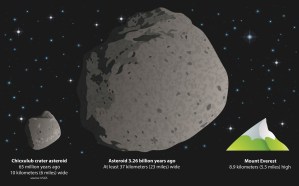 Earth
EarthHuge space rock rattled Earth 3 billion years ago
An asteroid almost as wide as Rhode Island may have plowed into Earth 3.26 billion years ago, leaving a trace in South Africa’s Barberton greenstone belt.
-
 Climate
ClimateReef fish act drunk in carbon dioxide–rich ocean waters
In first test in the wild, fish near reefs that bubble with CO2 lose fear of predators’ scent.
By Meghan Rosen -
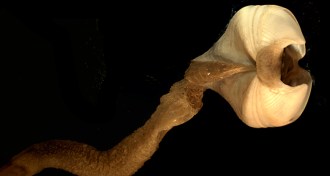 Oceans
OceansThe surprising life of a piece of sunken wood
Timber and trees that wash out to sea and sink to the bottom of the ocean hold a diverse community of organisms.
-
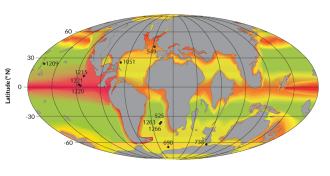 Climate
ClimateOcean bacteria may have shut off ancient global warming
Ocean-dwelling bacteria may have helped end global warming 56 million years ago by gobbling up carbon from the CO2-laden atmosphere.
-
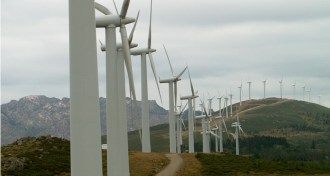 Climate
ClimateIPCC calls for swift switch to alternative power
Rapid adoption of green power production will be necessary to avert a climate crisis, latest IPCC report says.
By Beth Mole -
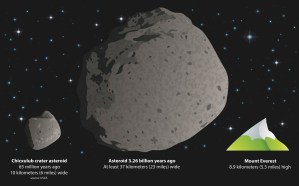 Earth
EarthHuge space rock rattled Earth 3 billion years ago
An asteroid almost as wide as Rhode Island may have plowed into Earth 3.26 billion years ago, leaving its mark in South Africa’s Barberton greenstone belt.
-
 Earth
EarthTiny minerals may have shaped Earth’s first plate boundaries
Simulations link weakened rock minerals to the origin of plate tectonics on Earth.
By Naomi Lubick -
 Earth
EarthScience can save lives, but only if society lets it
Society faces lots of problems that science can’t yet fix. But there are also plenty of cases in which scientists know enough to avert tragedy.
By Eva Emerson -
 Earth
EarthBuying time when quakes hit
On the West Coast, geologists are developing an earthquake warning system that can provide seconds of notice before destructive shaking begins. The system could be ready before the next big quake hits.
-
 Earth
EarthSeismic signals chronicle deadly landslide
Washington state’s deadly Oso landslide was recorded in seismic waves.
By Erin Wayman -
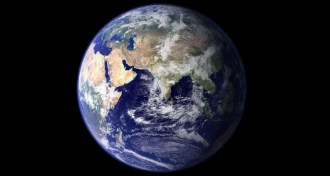 Climate
ClimateWorld unprepared for changing climate, IPCC says
The latest intergovernmental report says planetwide impacts continue.